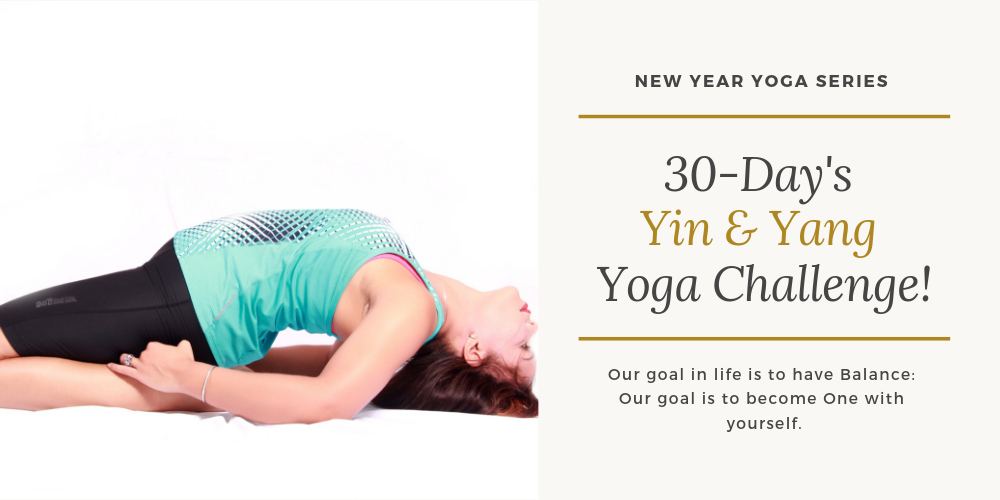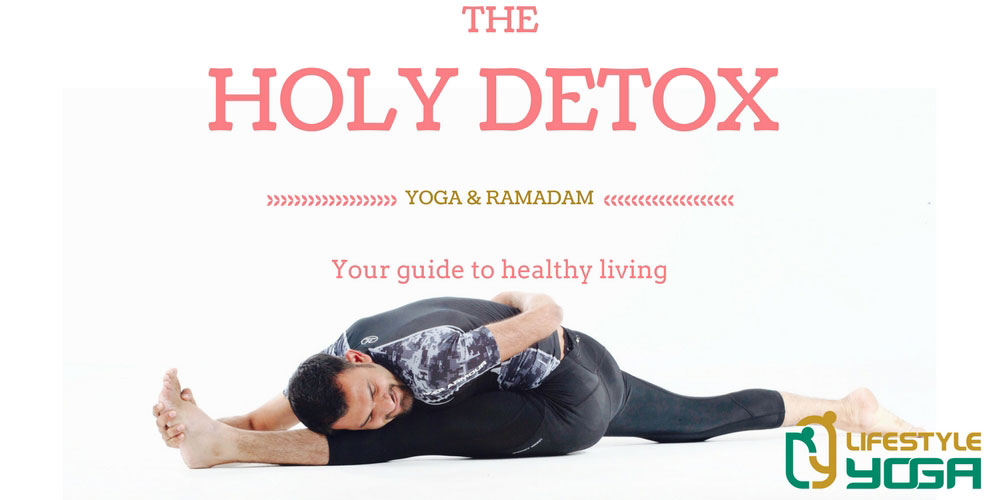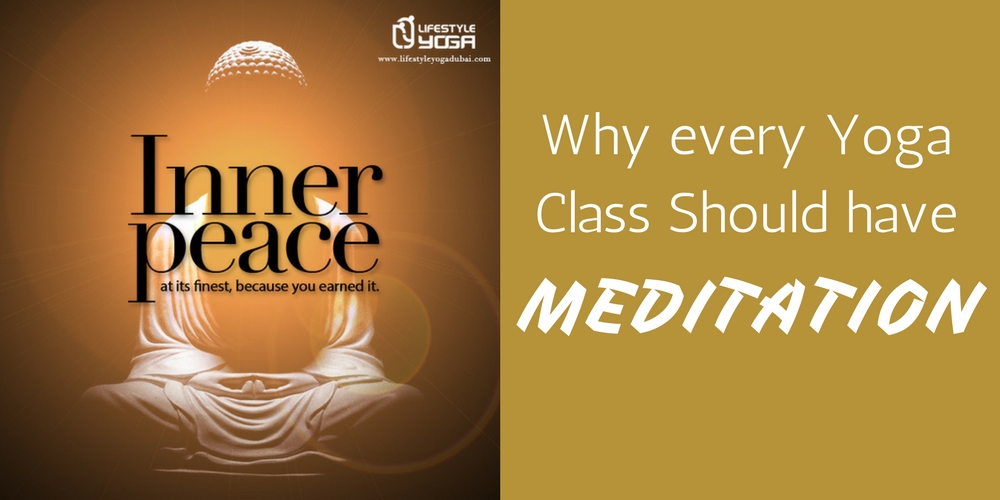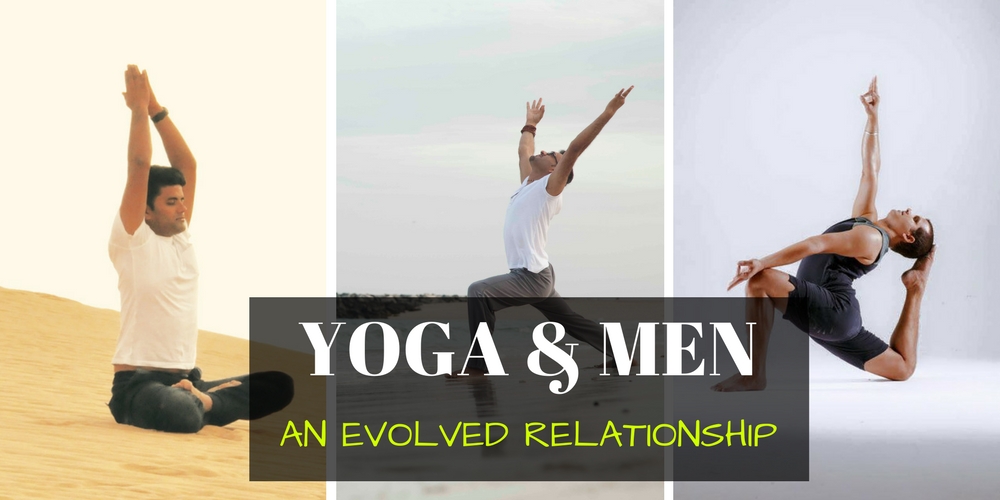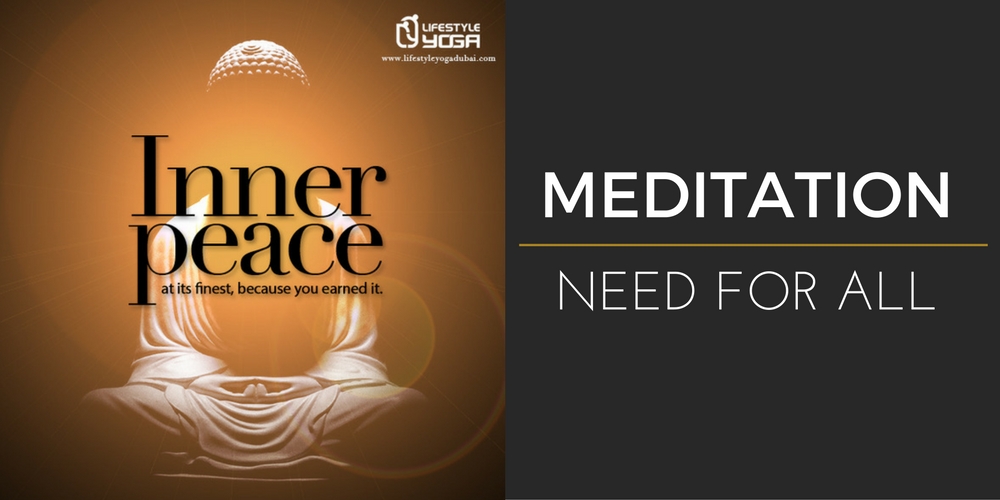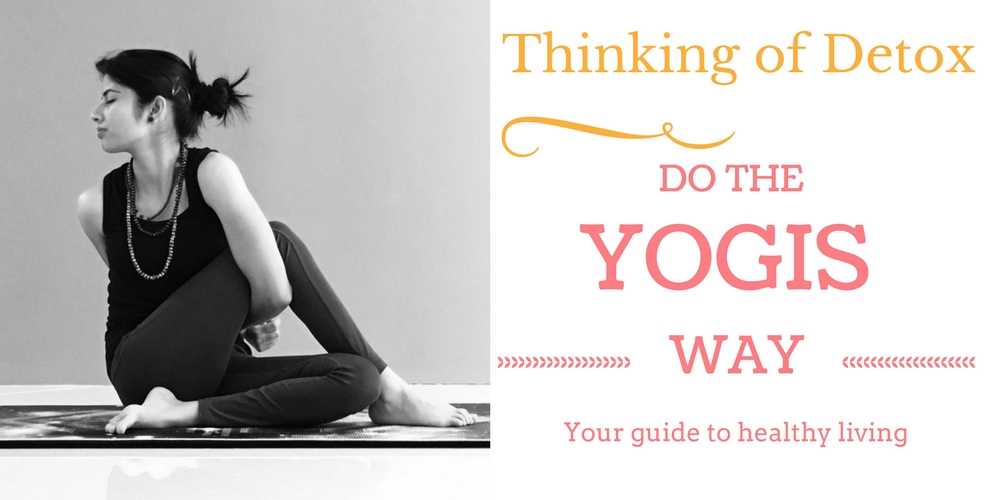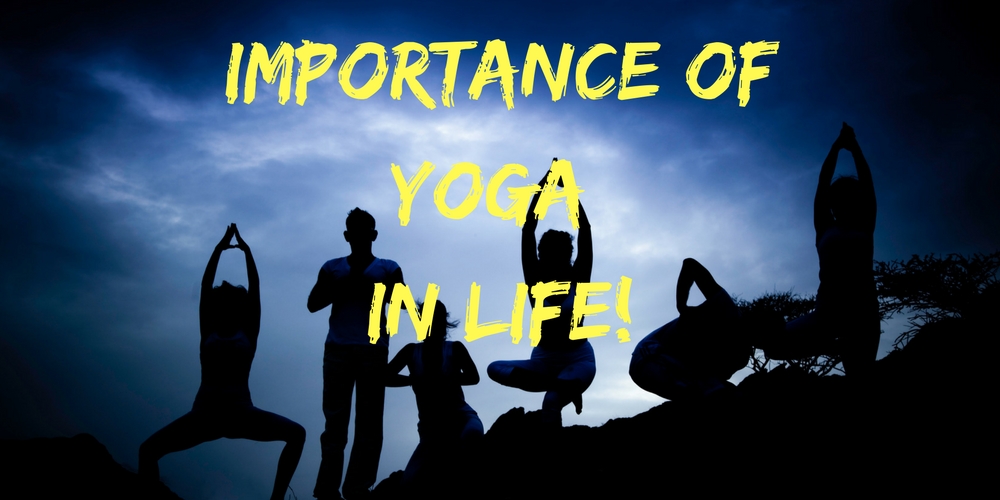30-DAY’S YIN & YOGA YOGA CHALLENGE
YOU WILL PRACTICE 3-TIMES A WEEK TOTAL OF 12 YIN & YANG YOGA
Starting a yoga practice is one thing but maintaining it is a completely different story! One of the biggest struggles is getting on your mat consistently. Life has a tendency to get in the way!
If you’ve been in a “yoga rut”, this is the unique yoga program for you! With the ideal combination of Yin yoga, Hatha yoga, Vinyasa (flow) yoga, and core strength workouts, you’ll get the boost of inspiration and motivation you need to get back to your regular yoga practice while helping you get stronger, leaner, more flexible and a whole lot calmer!
A perfect of all Yoga Style
This 12 days course will have 12-amazing Yin & Yang Yoga, classes. Including 6-Yin, 3-Vinyasa, 3-Hatha classes. Vinyasa is a fabulous yoga class when it comes to building core and body strength. Where Yin Yoga is the deep opener of your connective tissue, ligament and bones and Hatha Yoga is all about merging two force shiva and shakti into one.

What Is Yin Yoga:
Yin Yoga: This style of Yoga targets the deep connective tissues of the body (vs. the superficial tissues) and the fascia that covers the body; Yin Yoga is to help regulate the flow of energy in the body. Yin Yoga is unique in that you are asked to relax in the posture, soften the muscle and move closer to the bone; offering much deeper access to the body.
Vinyasa Yoga:
Get rid of that excess body fat with a vigorous workout. If Vinyasa Yoga is new to you, then being part of this program and experiencing this wonderful practice is the right way to introduce yourself to it.
The word “Vinyasa” can be translated as “arranging something in a special way”; like Yoga poses for example. In our Vinyasa Yoga Challenge, students are going to learn how to coordinate movement with breath to flow from one pose to the next.
Lifestyle yoga is always happy to offer you this course and can’t wait for you to start the challenge!
Our team always put lots of effort and energy into building these classes and we are extremely proud of finishing this course. Share pictures and videos of yourself doing the program on social media by using the hashtag #12daysyinyang, You could even be featured in our newsletter
12-Unique Yin & Yang Class Will Deliver
Class 1: Hatha Flow
Class 2: Yin For Happy Hips
Class 3: Yin for Healthy Spine
Class 4: Vinyasa Flow for whole body strength
Class 5: Yoga-Tox for Toxin elimination
Class 6: Yin Flow for Shoulder Arms and Wrists
Class 7: Core and Plank to the best abs
Class 8: Yin Flow for Legs
Class 9: Vinyasa Challenging Twist
Class 10: Yin for the Whole body
Class 11: Hatha for Balance
Class 12: Yin Flow for Liver & Gall Bladder Meridian Lines
Our goal in life is to have Balance: Our goal is to become One with yourself. Sumit Manav Yoga always has been the yogi’s lifestyle, Not the people trend.
Location:
Live on ZOOM
Date & Timings
From ———
Timing: ——–
Days: Saturday, Monday & Wednesday.
Total 12 Hour Yin & Yang Journey in 30 Days
Price USD75/- Only
Terms and Conditions:
Advance booking required
Refunds/cancelation
No Refunds and credit will be given for cancellation
All refunds are subject to a 10% processing fee that will be deducted from your refund.
Yoga mats, Changing rooms & shower facilities are available at the location.
Booking can be done through calling on 042546645 or WhatsApp-0552223542

